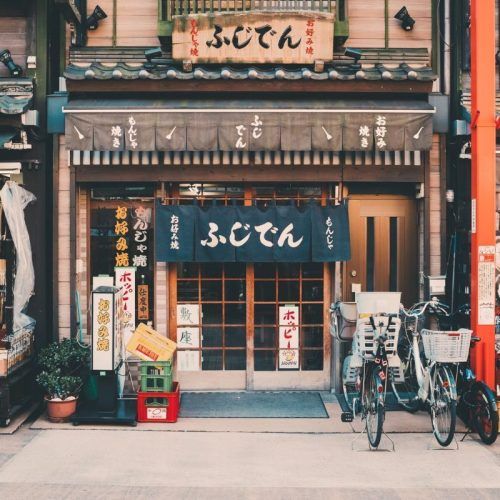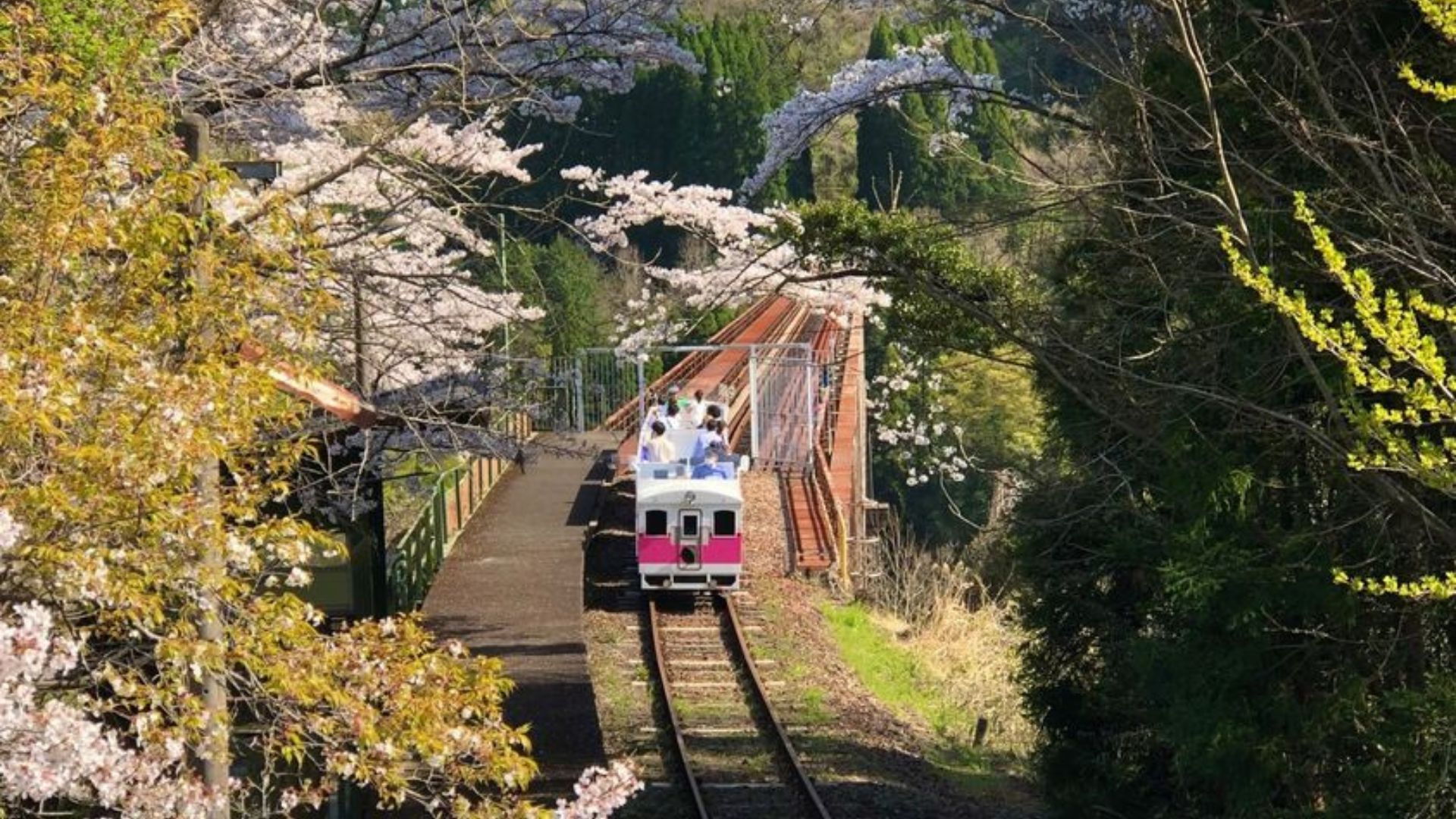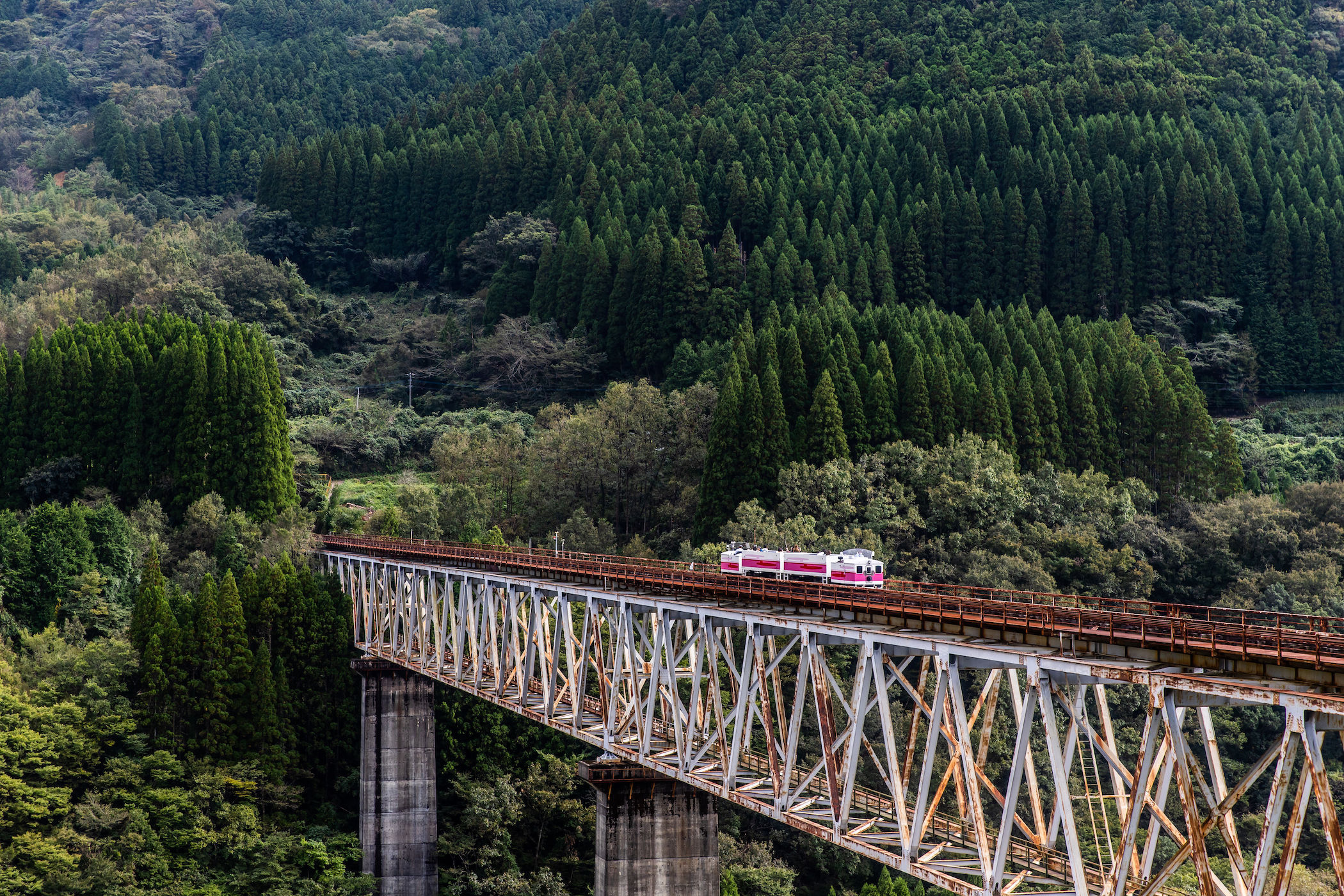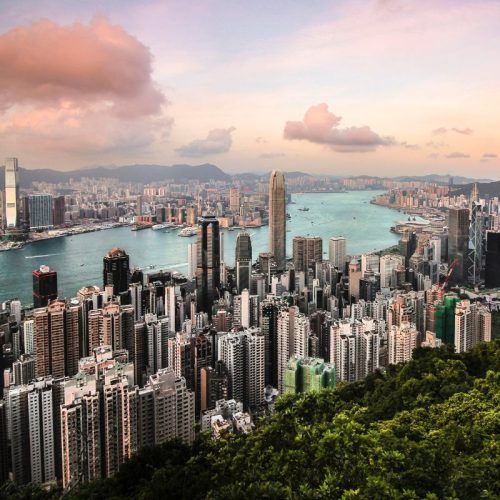In Japan, servings can be generous when it comes to ramen, the traditional broth-based dish with noodles, pork slices and fermented eggs, characterised by the famous fifth taste, umami. Although it’s frowned upon in Japanese culture to not finish your bowl, that’s not always easy when the portions are way too big. But now, Japan seems to have found an innovative solution to stop wasting leftover ramen – and it is related to a train.
Here’s what we mean when we say this train in Japan runs on leftover Ramen
In Miyazaki Prefecture, on the southern island of Kyushu, an old railroad line, the Takachiho Amaterasu Railway, takes visitors on a voyage of discovery through the lush green scenery of a peaceful and unspoiled Japan. The railway line is famous in the country for its passage over Japan’s highest railway bridge, so anyone with a fear of heights might want to give it a miss.

The Amaterasu Railway stopped operating passenger services following damage caused by a typhoon in 2005, before a section was reopened as a tourist attraction, devoted entirely to contemplating the landscape during a 30-minute, 5-kilometre trip. This train in Japan runs on a mixture of canola and sesame oil, supplemented with leftover ramen broth collected from various restaurants.

5 First Class Flights That Are Perfect For Those Who Love Travelling In Luxury

Japan Lifts Travel Restrictions And Opens All Cities For Passengers From Hong Kong
Leftover oil from unfinished rice dishes is also used to power the train. In other words, there’s not a fossil fuel in sight! The sightseeing train is not the first guinea pig to test out this biofuel. Since 2021, this biofuel concoction, formulated by the logistics firm Nishida Shoun, has been used to power some of its fleet of almost 200 trucks.
Stay at the InterContinental - ANA Beppu Resort & Spa

However, while this solution is a great initiative for the planet, unfortunately, it cannot be used to power other, larger Japanese trains. Biodiesel has a very short shelf life. Moreover, filters need to be changed regularly. This approach is reminiscent of another biofuel that drives the vaporetto water buses in Venice. Less glamorous than the smell of ramen, it is again used as cooking oil that allows these boats to travel up the Grand Canal.
Venetian restaurant owners put aside the precious liquid to help the vaporettos reduce their polluting emissions by 15% to 40%. Similarly, in France, the national airline Air France has already managed to fly a plane using sustainable fuel, composed of cooking oil, among other things. And just like in Japan, a small tourist train in Trojan-les-Bains, in the western Charente-Maritime region, also runs on used cooking oil.
Stay at Sheraton Grande Ocean Resort
This article was published via AFP.
Main and Feature Image Credit: Photography Courtesy of Amaterasu Railway Co.©












